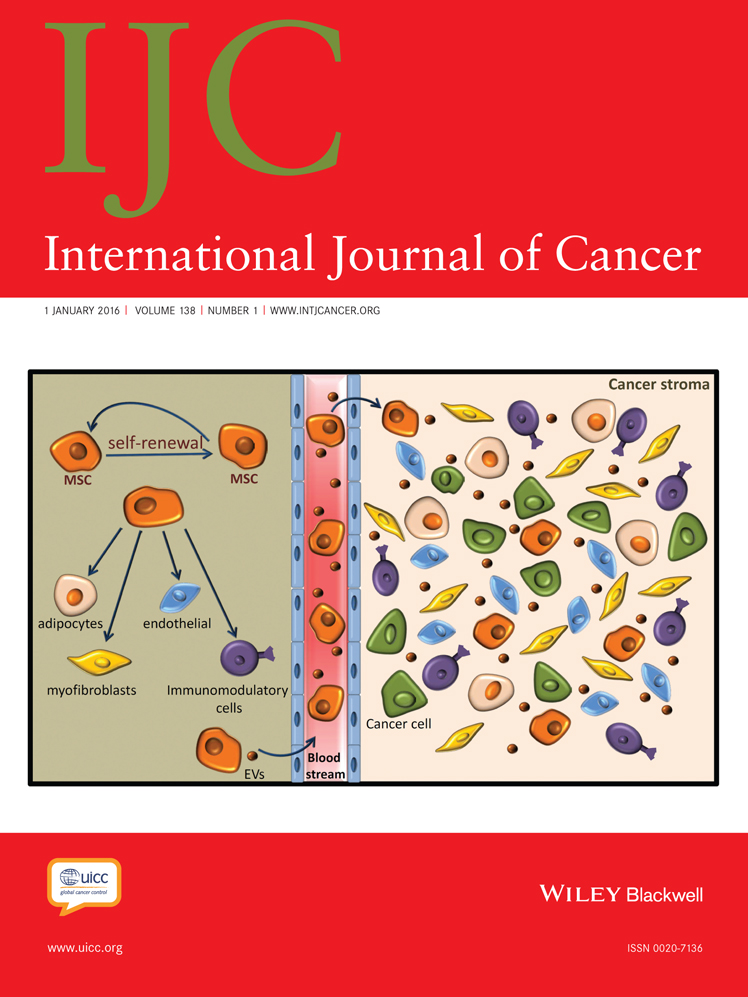RUNX3 and CAMK2N1 hypermethylation as prognostic marker for epithelial ovarian cancer
Conflict of interest: We declare that we have no relationships that can be construed as resulting in an actual, potential, or perceived conflict of interest with regard to the manuscript.
Abstract
Treatment of epithelial ovarian cancer consists of surgery plus platinum-taxane based chemotherapy. Neither prognostic nor predictive serum or tissue markers except BRCA1/2 mutations are available thus precluding individualized treatment. Aim of this study is the identification and validation of DNA-methylation markers with prognostic value. Genome-wide array analyses were used to determine methylation patterns in groups of serous EOC with different outcome (PFS < vs. > 3 years, each n = 6) but comparable clinical parameters. Two hundred and twenty differentially methylated regions in tumor tissue of patients with short vs. long PFS (106 hypo- and 114 hypermethylated regions) were identified. Thirty-five of 37 selected CpG islands were validated by MSP using the same samples as for microarray analyses. Six of these regions were analyzed by targeted next-generation bisulfite-sequencing confirming array and MSP results. Validation experiments with an enlarged patient group of Type II EOC samples (PFS <3 years n = 30; >3 years n = 18) revealed the CpG island of RUNX3 as significantly more often methylated in patients with short PFS (10/30 vs. 0/18; p < 0.01). Marker combinations with significantly different methylation frequencies in patient groups reached an increased sensitivity with equal specificity (RUNX3+CAMK2N1; sens 40%; spec 100%; p < 0.01). RUNX3/CAMK2N1 methylation-positive patients of the array-independent subset (n = 36) showed a significantly lower PFS (p < 0.01) but no other difference in clinical parameters compared to methylation-negative patients. Genome-wide methylation analyses reliably identified markers of potentially prognostic value. Hypermethylation of RUNX3/CAMK2N1 is associated with poor clinical outcome in Type II EOC, also after macroscopic complete resection.
Abstract
What's new?
Telltale methylation may signal poor outcome in ovarian cancer, according to new results. As yet, ovarian cancer patients have limited options for individualized treatment, because no prognostic markers are known. To find some, these authors scanned the genomes of ovarian tumor cells to see whether DNA methylation patterns could be correlated with survival. They found 220 places where the DNA was differentially methylated between patients with good and poor outcomes, as defined by 3 years of progression-free survival. They went on to show that methylation of the genes RUNX3 and CAMK2N1 points to a shorter survival time.




